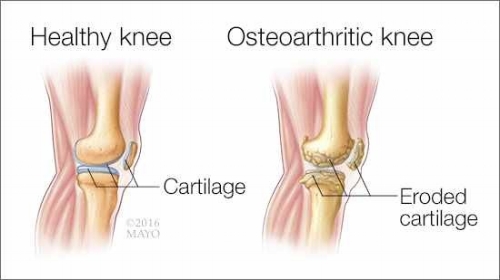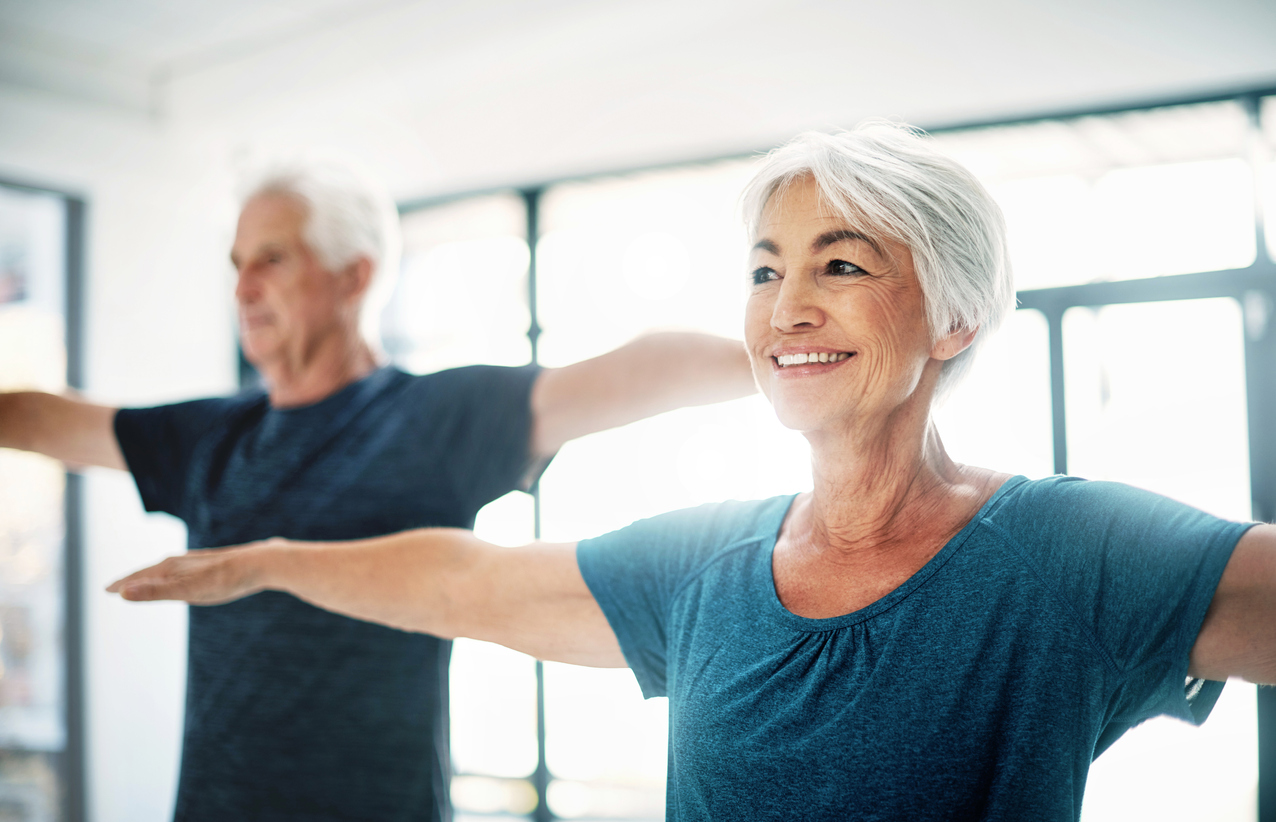Olivia Clarke, physiotherapist at Northern Sports Physiotherapy Clinic.
We all know someone who suffers from arthritis, hence it won’t come as a surprise when we say that osteoarthritis is the most common form of arthritis.
With such an aging population, osteoarthritis will continue to become more prevalent.
Therefore, how we manage this becomes even more important.
Osteoarthritis is a degenerative joint condition, where the surface layer of the cartilage slowly wears away over time.
This affects the joints ability to absorb shock and as a result usually affects weight bearing joint such as knees and the spine.

OA is caused by increased mechanical stress on a joint.
This can occur from:
- Repetitive workloads
- Occupational factors
- Postural changes
- Obesity/overweight
- Prior injury
Most common symptoms:
- Joint pain
- Inflammation
- Joint stiffness
- Painful cracking, grinding, clicking
- Pain after prolonged periods of being stationary
So, if it’s common and degenerative, what’s the good news?
The good news is that just because a joint had OA, doesn’t mean it will necessarily become painful.
If it does become painful there are several things you can do to help settle the pain.
1. Exercise and strengthening
This is the gold standard for treating OA.
The joint will absorb load better if there is adequate strength and mobility in the joint.
Therefore, doing the correct style of exercise will improve strength and reduce pain in the long term.
Your physiotherapist can help with identifying the best exercise to suit your needs.
2. Lifestyle changes
OA can affect your quality of life, but it doesn’t have to.
Try things like weight loss, increasing your low intensity exercise and limit prolonged sitting to short periods to help reduce the pain.
Your physiotherapist can also guide you on items which may help reduce pain such as JOYA shoes for knee OA.
3. Medications
Pain relief can be used when required to reduce inflammation and get you moving again.
See your GP about the medication that is right for you.
If your suffering from OA and want to get back to your best, then give your local Lifecare physiotherapist a call.

